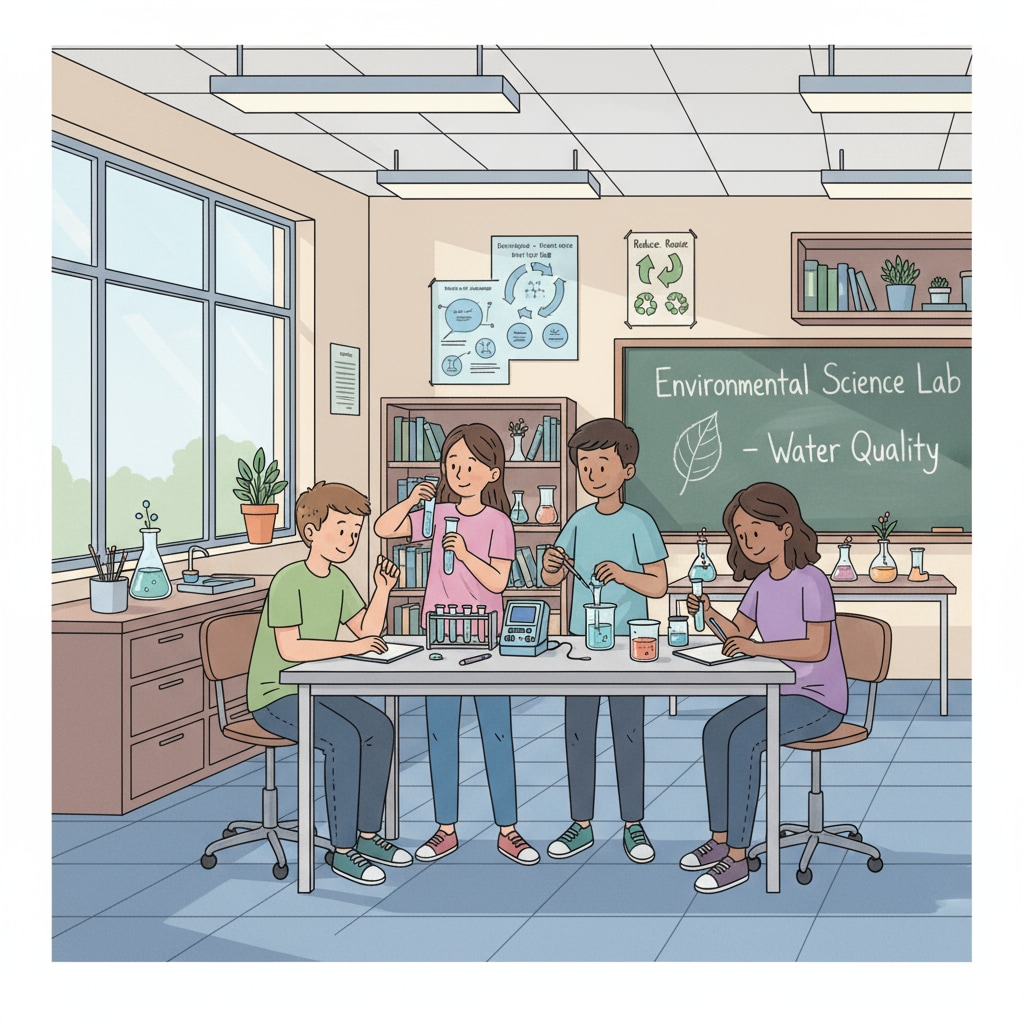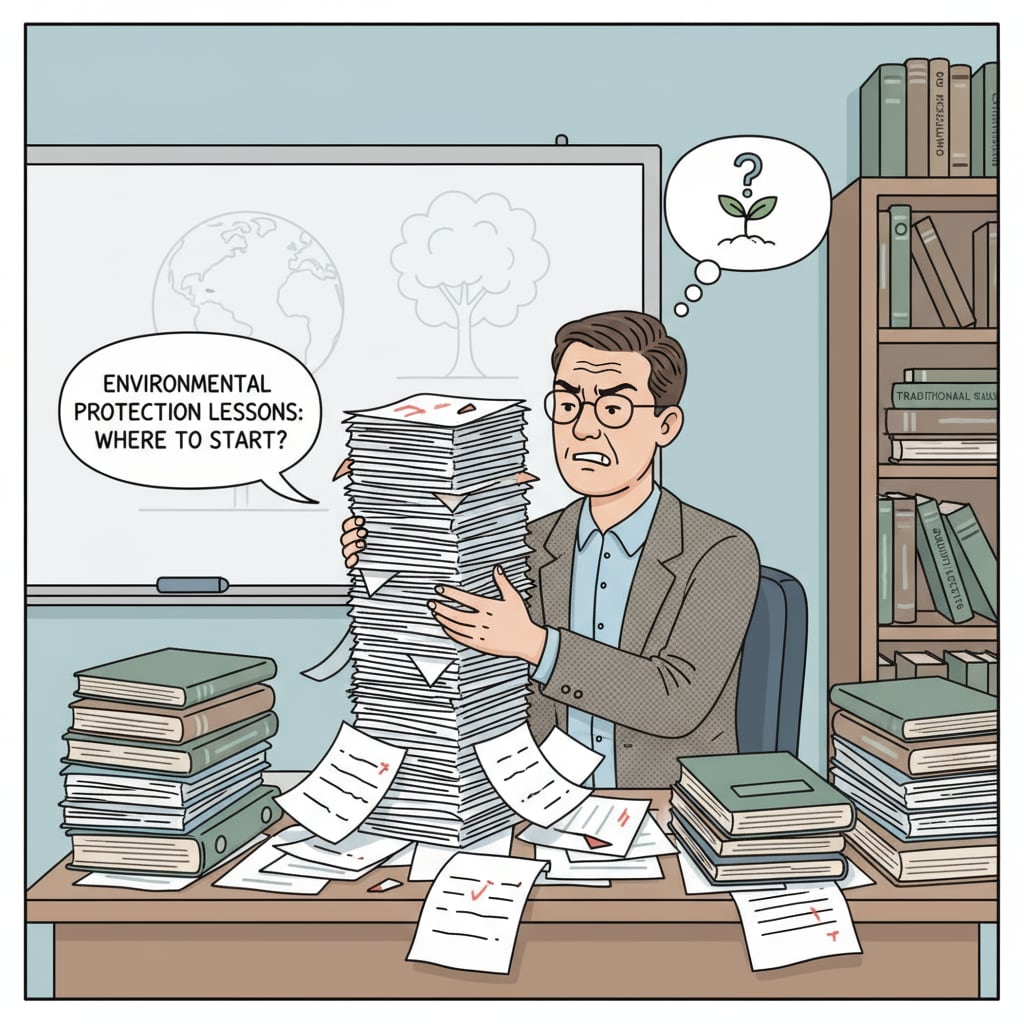Environmental protection education in K-12 schools has become increasingly crucial in the face of pressing environmental issues. As the next generation of global citizens, students in K-12 schools play a vital role in shaping a sustainable future. This article aims to explore the current state of such education and its far-reaching social implications.
The Current Landscape of Environmental Education in K-12 Schools
Environmental education in K-12 schools varies widely across regions. In some areas, schools have integrated environmental protection concepts into their curricula, offering dedicated courses or infusing relevant content into subjects like science, geography, and social studies. For example, Edutopia provides valuable resources on teaching environmental science in elementary schools. These initiatives help students understand basic environmental concepts, such as climate change, biodiversity loss, and pollution.

Challenges Faced in K-12 Environmental Protection Education
However, several challenges hinder the effective implementation of environmental protection education in K-12 schools. One major issue is the lack of trained teachers. Many educators may not have received sufficient training in environmental education, making it difficult for them to deliver comprehensive and engaging lessons. Additionally, limited resources, both financial and material, can also pose obstacles. Without proper funding and teaching materials, it’s challenging to provide students with practical learning experiences. According to the National Education Association, these resource constraints can significantly impact the quality of environmental education.

Despite these challenges, there are also numerous opportunities in K-12 environmental protection education. The rise of digital technology has made it easier to access a wealth of environmental education resources. Online platforms offer interactive lessons, virtual field trips, and educational videos that can enhance students’ learning experiences. Moreover, the growing awareness of environmental issues among the public has led to increased support for environmental education in schools. Parents and communities are more willing to collaborate with schools to promote sustainable practices.
Readability guidance: In this article, we have used short paragraphs to make the content more digestible. For example, in the section about challenges, we clearly list the main issues. Transition words like ‘however’ and ‘additionally’ help to connect ideas smoothly. Each H2 section has a clear focus, and we have provided external links to reliable sources for further information.


